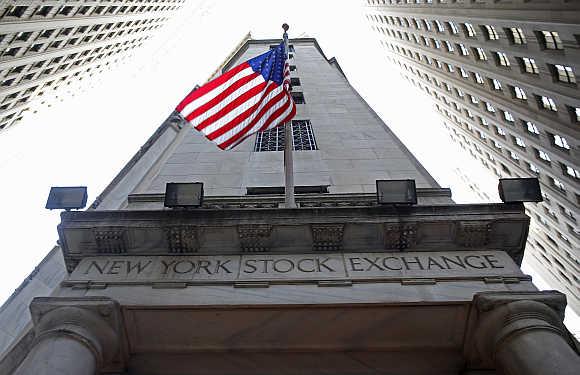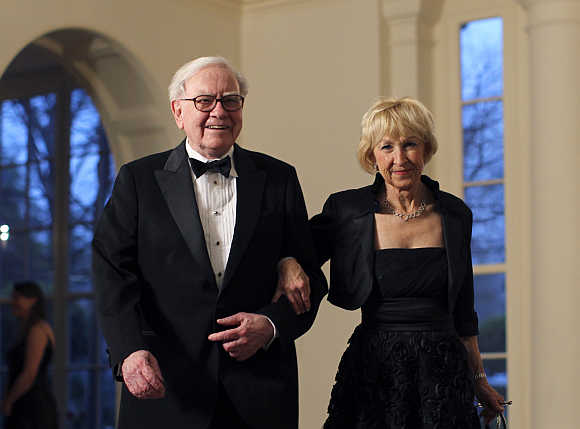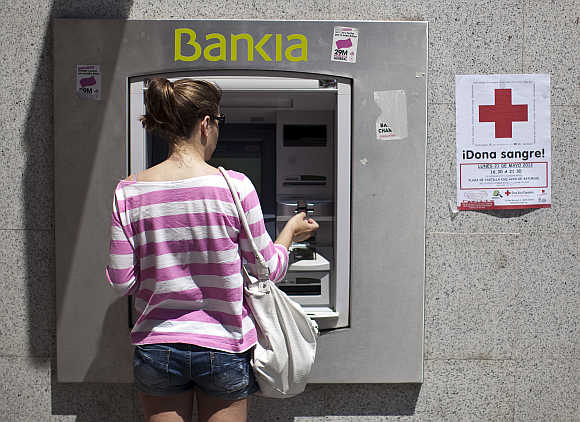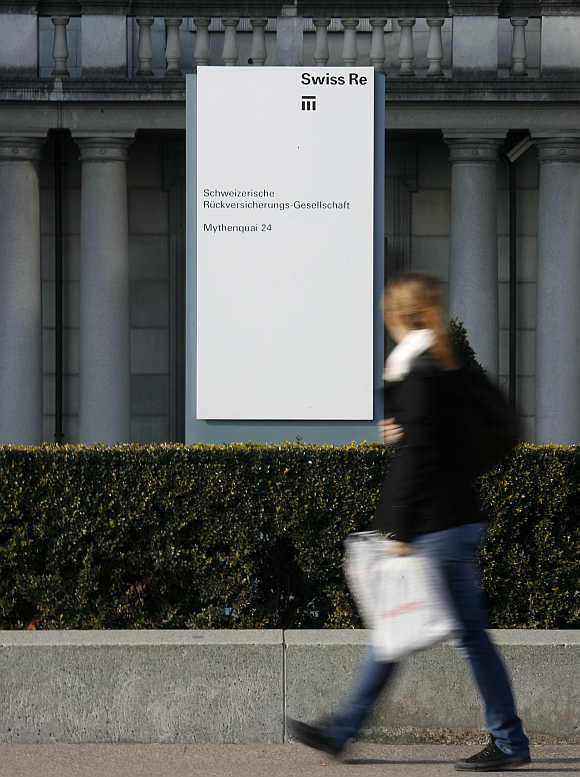Budget 2013: Highlights
Fiscal deficit:
> Fiscal deficit seen at 5.2 pct of GDP in 2012/13.
> Fiscal deficit seen at 4.8 pct of GDP in 2013/14.
> Faced with huge fiscal deficit, India had no choice but to rationalise expenditure.
Growth:
> Indian economy faces challenge of getting back to its potential growth rate of 8%. India must unhesitatingly embrace growth as highest goal.
Spending:
Total budget expenditure seen at 16.65 trillion rupees in 2013/14.
India's 2013/14 plan expenditure seen at 5.55 trillion rupees.
Non-plan expenditure estimated at about 12 trillion rupees in 2013/14.
Revised estimate for total expenditure is 14.3 trillion rupees in 2012/13, which is 96 pct of budget estimate.
Set aside 100 billion rupees towards spending on food subsidies in 2013/14.
Revenue
> Expect 133 billion rupees through direct tax proposals in 2013/14.
> Expect 47 billion rupees through indirect tax proposals in 2013/14.
Current account deficit
> India's greater worry is the current account deficit - will need more than $75 billion this year and next year to fund deficit.
Inflation
> Food inflation is worrying, will take all steps to augment supply side.
Tax
> Proposes surcharge of 10 pct on rich taxpayers with annual income of more than 10 million rupees a year.
> To increase surcharge to 10 pct on domestic companies with annual income of more than 100 million rupees.
> To continue 15 pct tax concession on dividend received by India companies from foreign units for one more year.
> Propose to impose withholding tax of 20 pct on profit distribution to shareholders.
> Amnesty on service tax non-compliance from 2007 * 10 bln rupees for first installment of balance of GST (Goods and Services Tax) payment.
> Propose to reduce securities transaction tax on equity futures to 0.01 pct from 0.017 pct.
> Time to introduce commodities transaction tax (CTT) * CTT on non-agriculture futures contracts at 0.01 pct.
Corporate sector and markets
> Plans to issue inflation-indexed bonds.
> Proposes capital allowance of 15 pct to companies on investments of more than 1 billion rupees.
> Foreign institutional investors (FIIs) can use investments in corporate, government bonds as collateral to meet margin requirements.
> Insurance, provident funds can trade directly in debt segments of stock exchanges.
> FIIs can hedge forex exposure through exchange-traded derivatives










